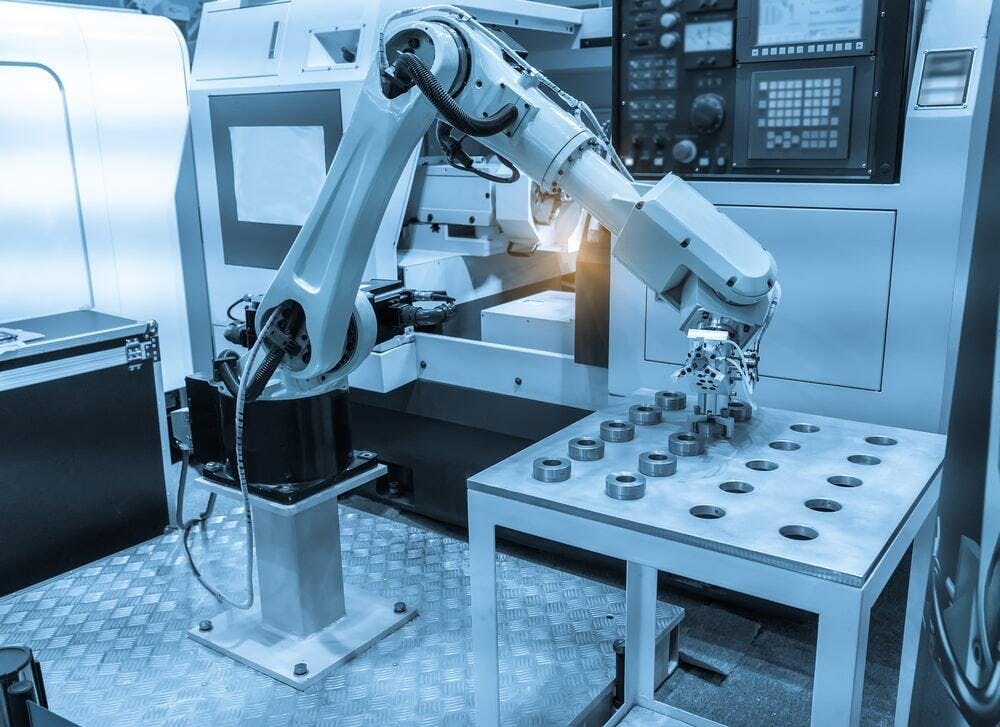HISTORY OF CNC
CNC (Computer Numerical Control) machining refers to the process of manufacturing a part by the removal of material with a cutting tool that is under automated control as opposed to manual control by a machinist. This cutting tool can either be held stationary, with the part moving, or the tool can be rotated and moved into a piece of stationary material. CNC machining is often performed on metals but can also be employed with plastics and composites.
CNC machining has revolutionized the manufacturing industry since it was first introduced in 1952 in the form of the Cincinnati Milacron Hydrotel. Since then, advanced robotics systems have been incorporated into the machines to dramatically improve productivity and ultimately reduce the labor requirements for the manufacturer of components.
CNC (Computer Numerical Control) machining refers to a type of subtractive manufacturing that is designed for manufacturing a part automatically by either advancing a spinning cutting tool mounted on a spindle into the work material (CNC mill) or by mounting the raw stock onto a spindle and moving it into a stationary tool (CNC lathe). The main function of a spindle in a CNC machine is to provide rotational motion to allow for the cutting of material.
An operator is required to set up the part to be machined by generating a list of instructions that tell the machine where to move the tool, at what speed, and how deep to cut the material per pass. This code was originally written by hand but is now handled by advanced software systems. Once the program instructions have been entered into the machine controller, the operator places the raw material into its starting position and initiates the machining sequence. The CNC machine then performs the planned manufacturing process steps. CNC machines have varying degrees of automation. Fully automatic machines can even load raw material and unload finished parts by means of a robot arm, as shown in Figure 1 below:
Robotic hand machine tool.
Who Invented CNC Machining?
John T. Parsons was the first person to invent and build an NC (Numerical Control) machine. The NC machine was designed to operate directly off a set of punch cards that tell the machine where to move. This concept laid the groundwork for the further development of the CNC machine. A team of researchers working at MIT (Massachusetts Institute of Technology), led by J.F. Reintjes, developed the first prototype CNC milling machine. Richard Kregg then collaborated with MIT to develop the Cincinnati Milacron Hydrotel, the first commercially available CNC machine. Cincinnati Milacron became one of the first manufacturers of CNC machines.


Comments